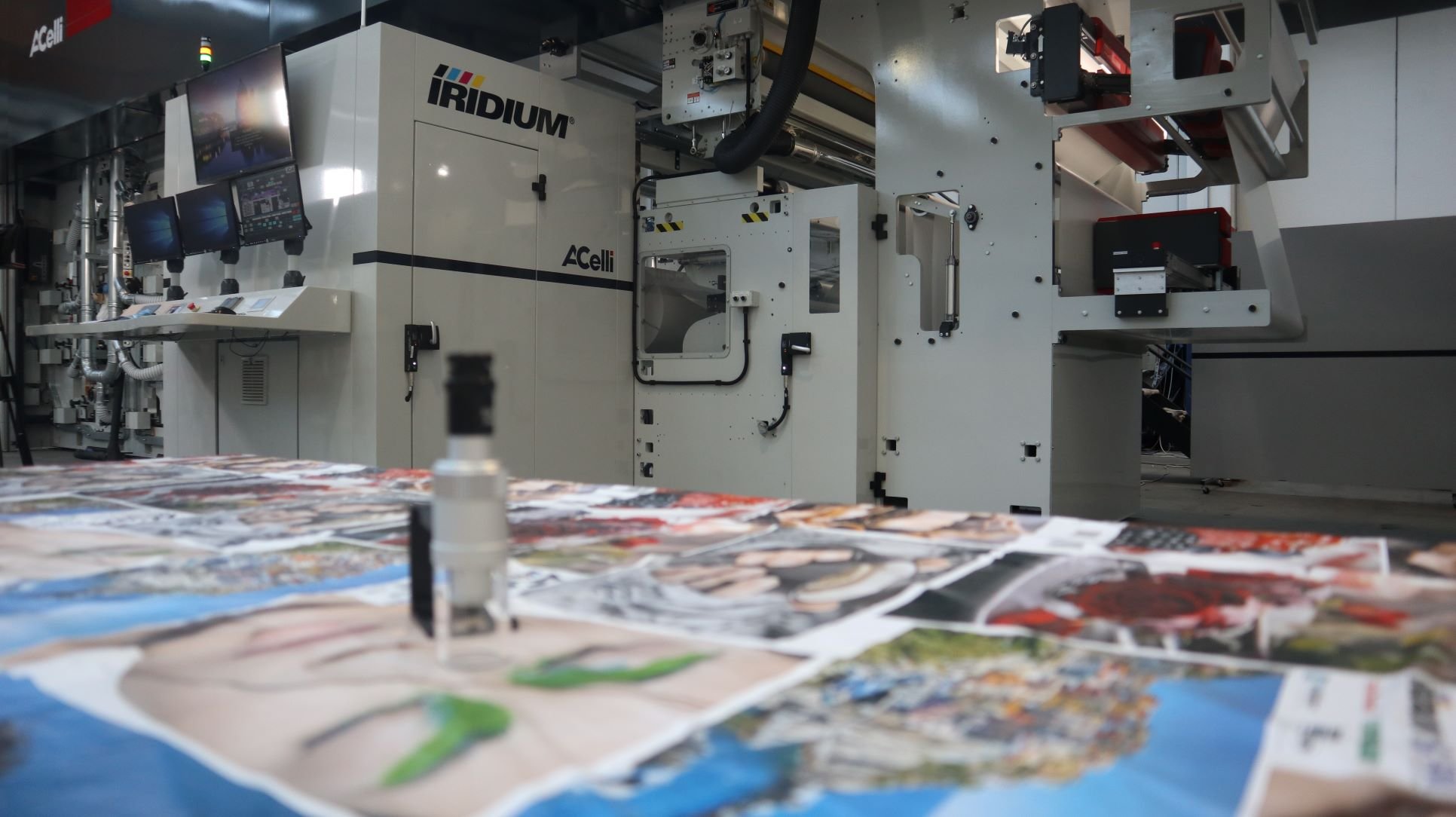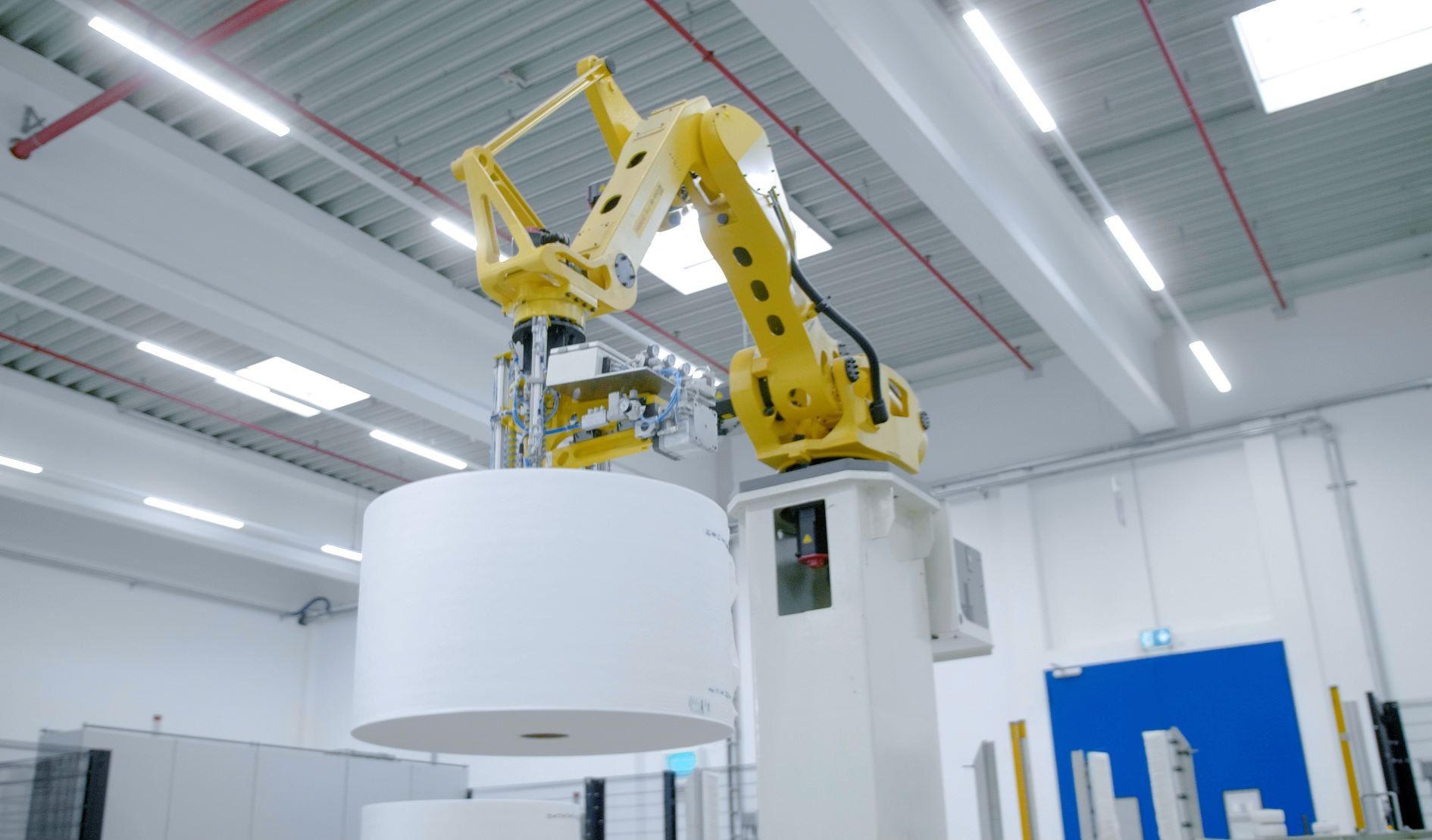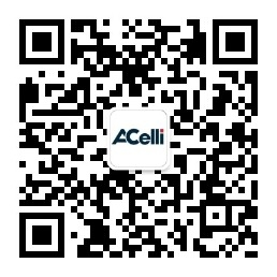After having analyzed in the previous articles the various solutions offered by A.Celli in the field of nonwoven production, we want to summarize what has been said by reporting a concrete case study, that of a leading Chinese company which, in 2020, turned to A.Celli for the supply of the entire end-of-line for a new plant in Asia.
The customer
The customer we will talk about, which has decided to remain confidential, is a company dedicated to the production of disposable nonwoven personal protective equipment. To set up their first production line, the company was looking for reliable partners with proven capabilities, able to provide solutions that match the expected results.
A.Celli, in addition to perfectly reflecting the qualities sought by the customer, is the only company on the market able to provide the full range of end-of-line solutions required, from winders for the production of jumbo rolls to packaging and handling of the finished reels in the warehouse.
All this is combined with extreme care for maintaining the characteristics and qualities of the nonwoven, an extremely important feature for products destined for the hygienic-sanitary market, and a first-rate assistance service able to guarantee support. 24 hours a day, 7 days a week.
Let's now briefly analyze the solutions chosen by the chinese company for its plant.
Winding, unwinding, slitting & rewinding
The first phase involving the end-of-line solutions is, as we know, the creation of the mother reel by means of winders. The purpose of these machines is in fact to correctly wind the continuous nonwoven web coming from the production line into a reel which, once further processed, will give birth to the final product desired by the customer in terms of diameter and size.
To achieve this goal and prevent the production of reels with winding defects, machinery of this type must precisely monitor parameters such as web tension, nip and torque during the entire process.
Among the typical defects that can arise during this operation we can highlight the loss of bulk of the material, the collapse of the cardboard core around which the nonwoven is wound, the presence of ripples and wrinkles on the web, ovalization of the reel and irregularities of the reel profile, including telescoping.
In nonwoven production lines, the winding of the master roll is followed by the unwinding, slitting and rewinding phases by means of a dedicated in-line or off-line slitter rewinder. All this allows to obtain finished reels of the desired size and diameter (smaller than those of the jumbo roll).
Considering the wide range of E-WIND® solutions available, the client has chosen to equip its plant with two spunbond lines:
- one consisting of a STREAM® winder and a SUPER RAPID® rewinder, with a speed of 400 m/min
- one consisting of a STREAM PLUS® rewinder and a TOP RAPID® rewinder, with an operating speed of 800 m/min
Furthermore, both lines have been equipped with automatic packaging systems, which we will discuss shortly.

Lamination & flexographic printing
Depending on the intended end uses, the nonwoven may be lacking in some aspects such as strength, soundproofing capacity, aesthetic appearance or other.
To overcome this problem, it is possible to couple the nonwoven web with one or more layers of other materials, such as plastic film, to create a "new" product with a combination of the physical and mechanical characteristics of each layer, expanding thus the range of its possible uses. The process used to achieve this result is lamination.
Our customer, in this case, has chosen to equip itself with an A.Celli F-LINE® lamination system for three-ply composites. The complete turnkey line supplied, capable of processing spunbond with a width of 1600 mm and basis weights starting from 15 to 60 gsm at 400 m/min, is composed of:
- No 3 non-stop shaftless unwind stands
- hot-melt lamination frame
- E-WIND® STREAM IN-LINE slitting winder
- Automatic crane
In addition to lamination, a further process capable of enhancing the hygienic nonwoven from an aesthetic point of view, making it more attractive and marketable, is printing.
The process used in the case of nonwovens is flexography, a rotary printing method that involves the use of flexible plates for the transfer of quick-drying inks onto the web. Used in numerous sectors, such as food packaging, flexography gives the product the necessary aesthetic qualities that make it more palatable.
For its production needs, our customer has chosen our A.Celli IRIDIUM®, an 8-color flexographic printer integrated in the lamination line capable of printing with solvent-based or water-based inks at a maximum speed of 600 m/min.
Among the equipped options we can find:
- a web cleaning system, developed to remove dust and particles from the surface of the substrate to be printed
- a web treatment unit, positioned upstream of the printing section
- an interactive repeat lenght measurement and adjustment system, designed to maintain the consistency of the print repeat lenght within an acceptable field of tolerance when printing materials subject to physical lenght variations (such as nonwoven).
The strength of the IRIDIUM® flexographic printers is certainly the design developed specifically for the use of water-based inks at high processing speeds without sacrificing print quality.
This leads to significant benefits in terms of disposal costs and environmental sustainability, not to mention the fact that more and more countries are banning the use of more polluting types of ink. If necessary, however, it is also possible to print using solvent-based and UV inks.

Packaging
For packaging, the chinese company has decided to focus on two A.Celli R-WAY® automatic packaging systems, one for each spunbond line, equipped with robot for the automatic sorting of reels into bundles, up-ender (for the handling of reels too heavy for the robot) and automatic systems for the labelling and weighing of bundles.
The nonwoven reel must not suffer loss of quality at any stage of production, including packaging. For this reason A.Celli offers fully automated packaging lines that offer several advantages: they eliminate the risk of human error due to repetitive and heavy work, increase productivity and eliminate the possibility of any product contamination.
The automatic labelling system allows the creation and application of labels containing data taken directly from the company ERP, ensuring the accuracy of the information and its compliance with all other business processes.

AGVs for product handling
The handling of reels or bundles in the warehouse can also be a source of problems, both as regards the safety of people and the possible damage to the nonwoven. Also in this case, automation comes in thanks to the use of automated guided vehicles (AGVs) which allow to preserve the integrity of nonwoven.
The AGVs of the R-WAY® range proposed by A.Celli can be used 24/7 thanks to the opportunity feeding or the automatic battery replacement. Furthermore, they allow to reduce general storage costs by optimizing the space available, both for horizontal and vertical positioning.
For the handling of reels and bundles, the customer has chosen to equip itself with seven counterbalanced AGVs from the A.Celli R-WAY® range, equipped with laser guidance systems, clamps for the handling of reel bundles and integrated safety systems.
All this accompanied by two battery change stations, an ad-hoc AGVs supervision software system and a warehouse control system (WCS) capable of guaranteeing product traceability.
Industry 4.0: the final move
The excellent results obtained could also be further improved by implementing A.Celli Industry 4.0 digital solutions: a technological infrastructure capable of guaranteeing complete integration of the line with management software, remote real-time monitoring of the the entire production process, the implementation of predictive maintenance activities, the monitoring of energy consumption and the overall optimization of production costs.
For a more detailed discussion of the most significant advantages deriving from the implementation of Industry 4.0 digital solutions, you can read the previous article "7 advantages of real-time monitoring in nonwoven production".
Conclusions
"One source, one responsibility": this is the motto that effectively summarizes A.Celli's modus operandi. A single supplier able to offer you the complete range of end-of-line solutions, from winders to AGVs, ensuring a seamless integration between the various process components and exceptional results.
Do you have a project for a new nonwoven production line? Follow the example of our customers: request a free consultation with an A.Celli expert!

